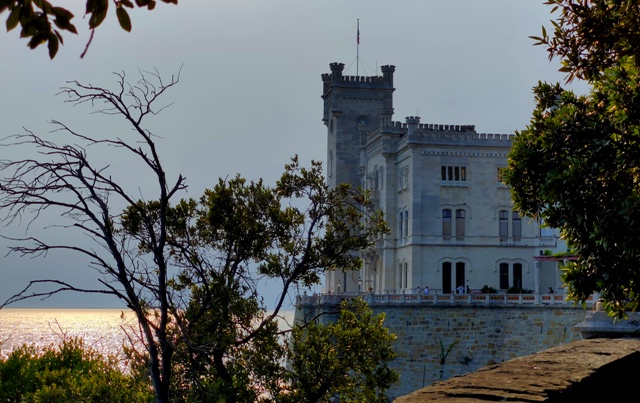
You can get to Barcola beach from the stop opposite Trieste train station by buses no. 6 and 36. The beach is rocky, but the Adriatic water is warm and the summer weather is sunny. Walking along the long promenade under the pine trees and breathing in the scent of the south is classically pleasant. You can swim in the Barcola area from April to early November. Further north of Barcola is the Miramare Castle. Let’s go take a closer look and at the end of the day we’ll also take a look at my bedroom.
What is the Barcola area like?
Barcola is a long seaside promenade where the people of Trieste go to swim and sunbathe. The beach area is located north of Trieste and can be reached on foot from the city, in about an hour. Of course, it is better to take the bus, in about 10-15 minutes. This area is much nicer than the two paid beaches in Trieste, which consist of stones and concrete.
The promenade is located on a karst slope, ladders or steps have been built to get into the water. In some places there is a strip of rocky beach. It is nice to sit or lie on the warm (read: hot) stones (read: with a towel under the seat).
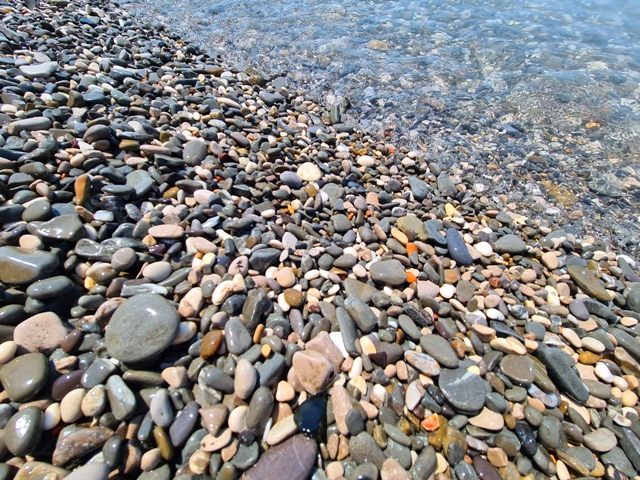
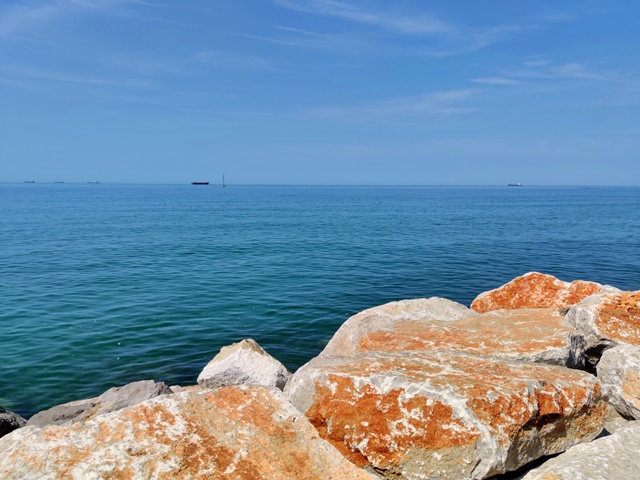
It is especially nice to walk under the pine trees.

Walking for miles. Along the bright blue Adriatic Sea!
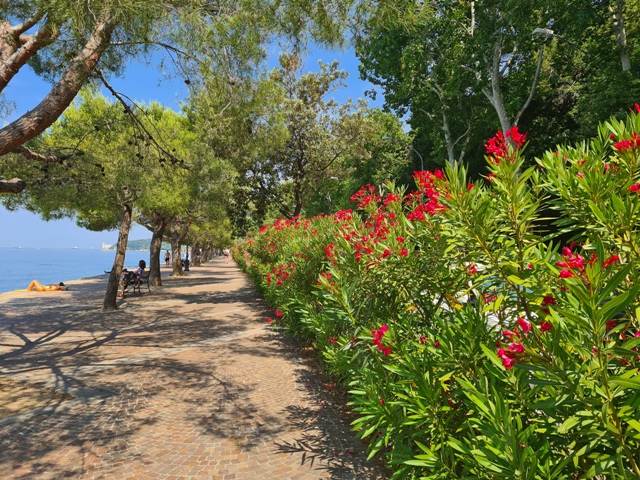
Why I didn’t get to Piran and Portorož
I had a plan to visit my new Swedish friend. The plan was to take a FlixBus from Trieste to Portorož in the afternoon and return the same way in the evening. There are very few direct buses there and the other option is to take local buses from village to village, walk across the border, and so on. That would be a very cheap option, but I’m not sure how far you would get that way.
However, the FlixBus didn’t arrive at the Trieste bus station! And it seemed to me that a bus heading to Pula passed by the bus station without stopping. I also wouldn’t have wanted to wait for hours for a bus in Portorož late at night and then have to figure out new logistics. I would have had to have had a longer vacation for that. I would also have had to take a local bus or walk from Portorož to Piran. So I’ll probably have to go back there, I missed those places.
Since I didn’t get to go to Piran, I went to see Miramare Castle instead.
Miramare Castle and a Boy’s Childhood Dream
The Archduke Ferdinand Maximilian of the Habsburgs loved exotic nature, a lavish lifestyle, travel, and books. He was cheerful and undisciplined. In 1856, he fulfilled one of his childhood dreams by acquiring a beautiful house and a large garden on the seashore. In 1857, Maximilian married Princess Charlotte of Belgium, and in 1864 he accepted the offer of the Mexican throne. After three unsuccessful years of rule, he was captured by Mexican rebel forces and executed.
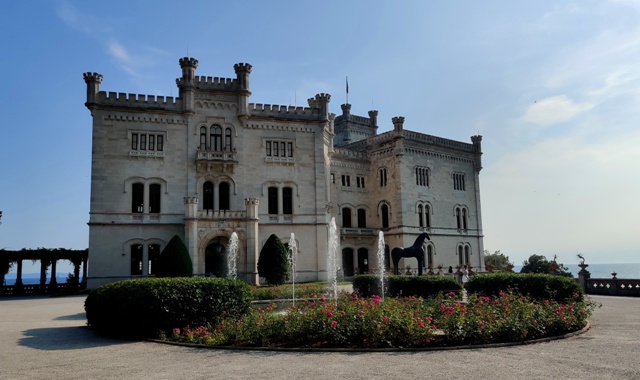
The fairy-tale castle with its white towers, perched on the cliffs overlooking the Gulf of Trieste, where Maximilian lived for a very short time, is surrounded by a park and now houses a museum.
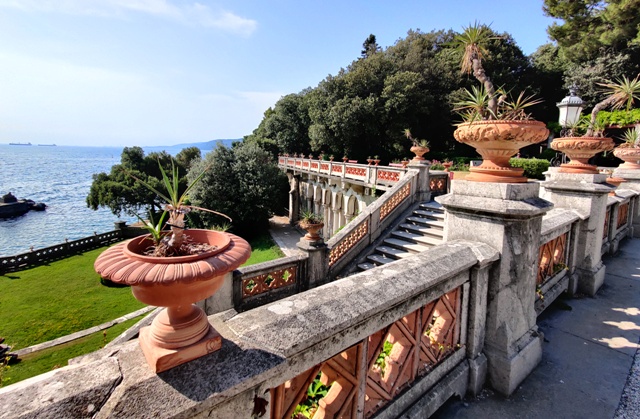
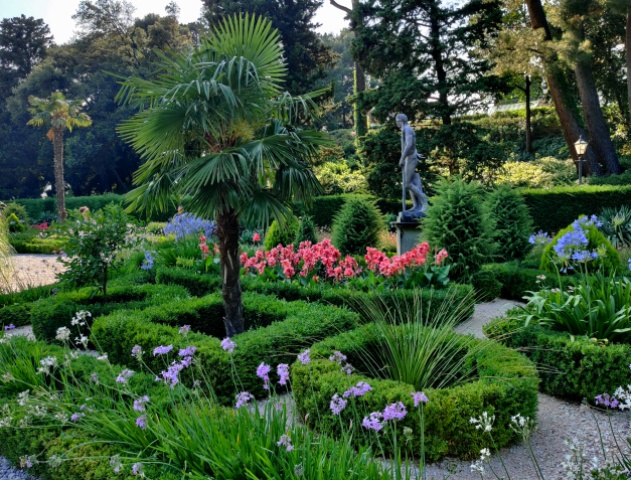
The interior of Miramare Castle is made mainly of dark wood, so it doesn’t leave a particularly bright impression. However, you will probably see original furniture, works of art belonging to the Habsburgs, a library with 19th-century volumes and items brought from other continents. Through the paintings, you could catch a glimpse of many rulers from the past.
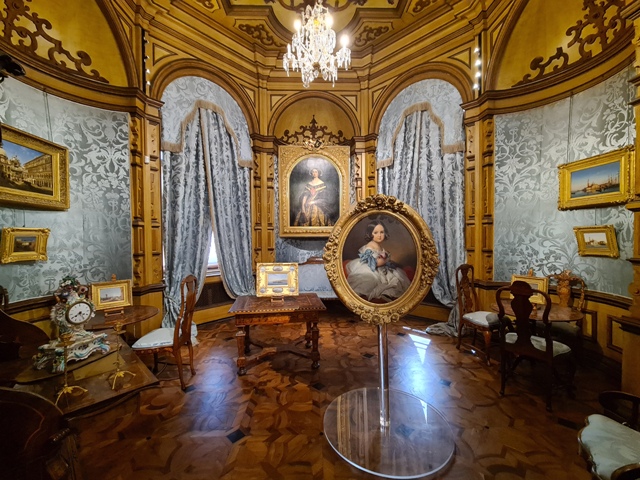
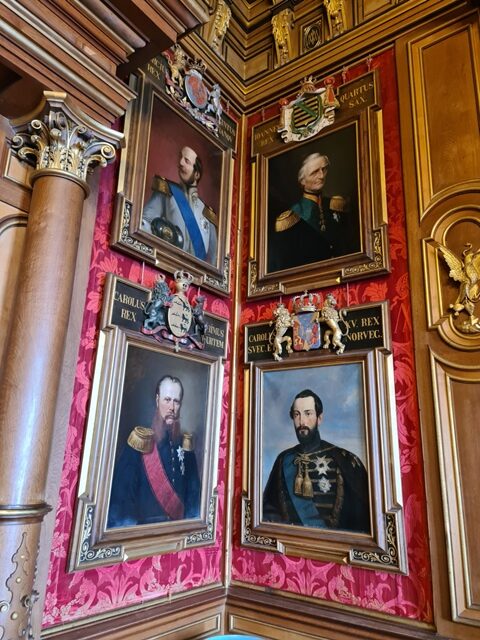
Some bigger books.
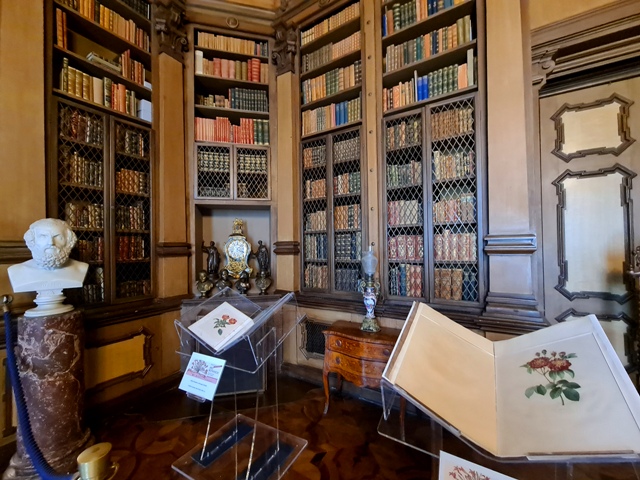
I found looking around the castle informative.
Here’s an example of how far art and beauty have come in just a few hundred (or just a few dozen?) years. These small bronze sculptures (a horse, an Amazon, and a lion) were made long before our grandfathers were even born.
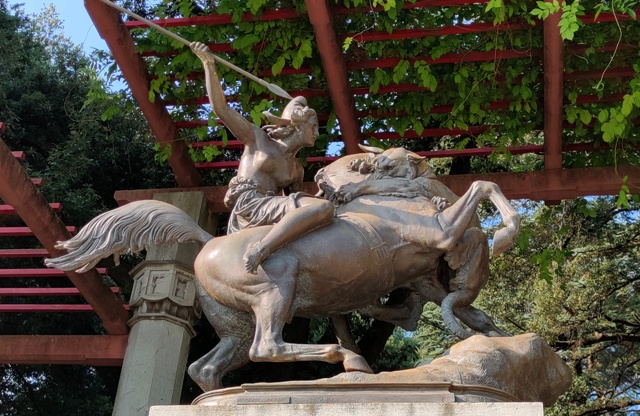
And the larger statue in the next photo, which is placed in a place of honor right in front of the castle, was probably completed in recent years. There’s a pretty noticeable difference, isn’t there?

How to get to Miramare Castle?
Miramare Castle is located further from Barcola beach, about 7 km from Trieste. You can of course walk through this area. But if your feet are tired from tramping around the castle, you can take the same buses, 6 and 36, back to the city.
What you need to know about local bus traffic in Trieste
Usually in Italy you can buy tickets for local buses from the bus driver, but this was not the case in Trieste. Bus tickets can be purchased from blue machines located at some (only some!) bus stops and in front of the bus station.
Another thing you need to know about buses is that they don’t stop at every stop. Or that they don’t stop unless you wave. Or they don’t stop when the bus is too full. In the evenings the buses are packed with people, because all the sunbathers on the beach want to go home to rest. It seemed to me that the people on the passing buses had their faces pressed against the door windows – to fit as many people as possible.
I don’t know exactly why some buses don’t run on schedule – at least I don’t think so. The 6 and 36 buses ran quite frequently on schedule.
How important is accommodation to your travel experience?
My accommodation was an experience in itself. B&B Ametista (Piazza della Libertá 6) was an old and stylish building with higher ceilings than usual. They left me a pink gerbera flower that matched the colors of the room. Grapes or sweets were also left every day. I was also given a souvenir when I left. How many B&Bs give you souvenirs as gifts?
I was able to make an espresso in the kitchen and grab a few things from the fridge.
The owner of the accommodation even called one day to make sure I was happy. And when I happened to meet him, he asked several times if I was still happy with everything, shook my hand and invited me back. Estonian women are not used to this kind of care at all.
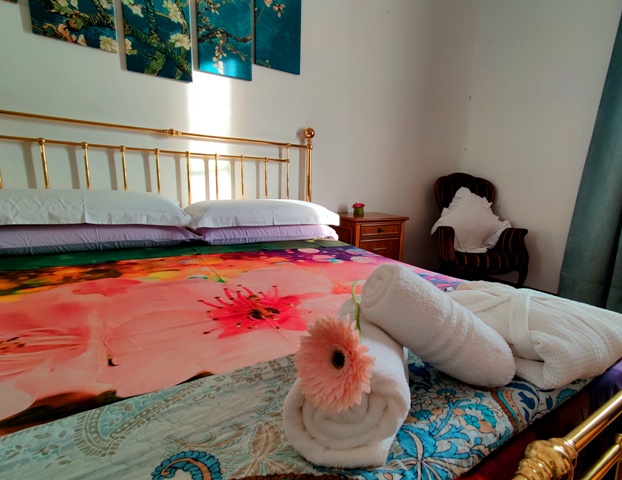
B&B Ametista was located almost next to the bus and train stations, and a grocery store with a good selection was also just around the corner. The bus and train stations are therefore also located near Piazza della Libertá.
For me, hostels are an important part of my travel album. Hostels are not just places to quickly sleep for the night and forget about it afterwards, because being outdoors is more important. I have chosen the most unique hostels (I look for them on booking.com), where I feel comfortable and good, where I can communicate with the staff and where I discover sparks of inspiration (and of course, which are close to attractions and bus stops). I like to serve myself breakfast, stare out the window – sitting on the balcony is even better – and enjoy the morning sun. It is nice to feel expected and cared for and communicate with people who care that I came and brought them some of the money I earned.
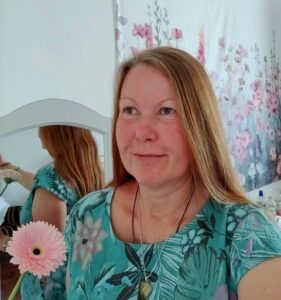
Just in case, I’ll say that you never know whose blog or book both accommodation providers and the rest of us might end up as characters!
An illustrative example of how much I enjoy staying in strange lodgings is also HERE.
Since I have quite a lot of experience in terms of which small details make a place to stay home and which ones cause a greater kind of depression, I could already conduct a course on how to get a 10-point review for your accommodation on booking.com and turn one-time customers into regular customers. Although I don’t really think that anyone in Estonia would be interested in such things as regular customers and good advertising. But you can prove me otherwise.
In the next story, we’ll go to Ljubljana, the capital of Slovenia, which is now one of my favorite old towns!
You can read the previous part of the travelogue here: To Italy for morning coffee. Where is Trieste? Part 1
